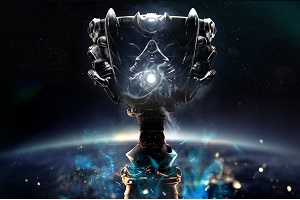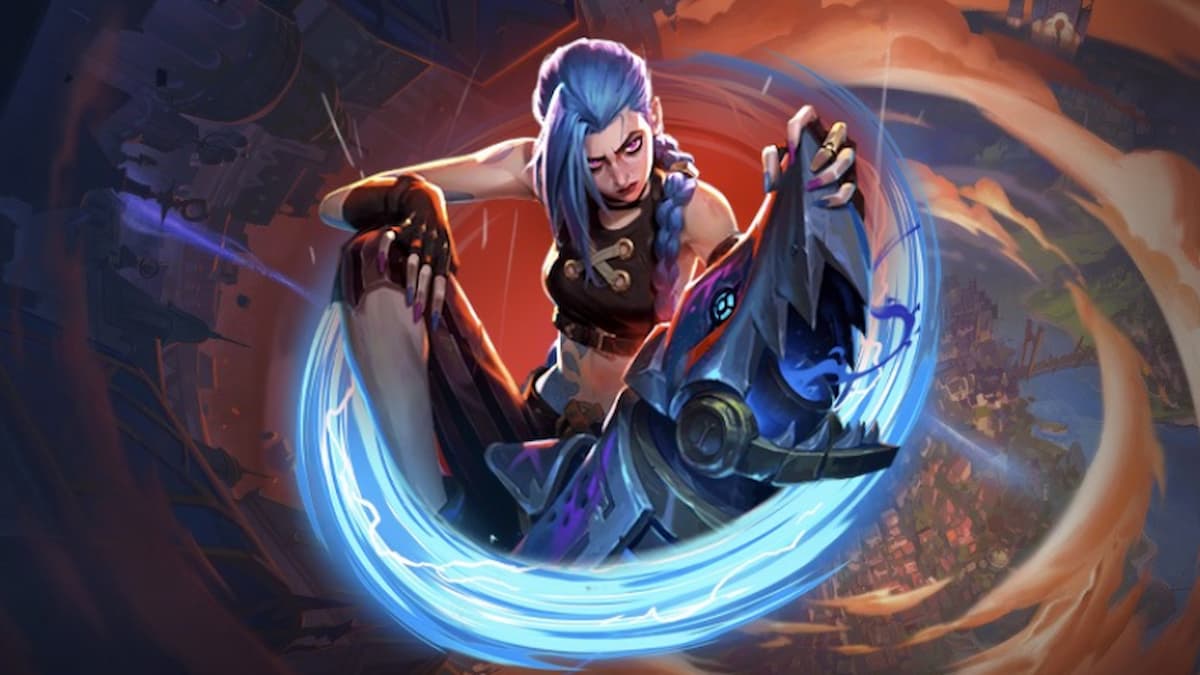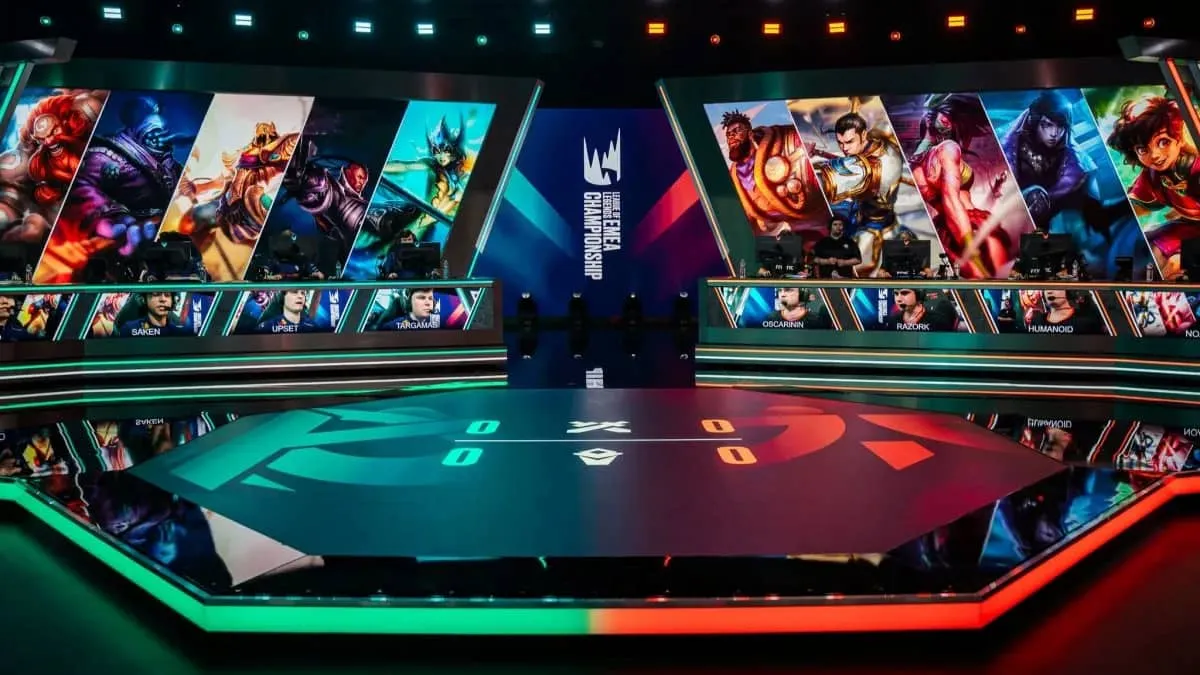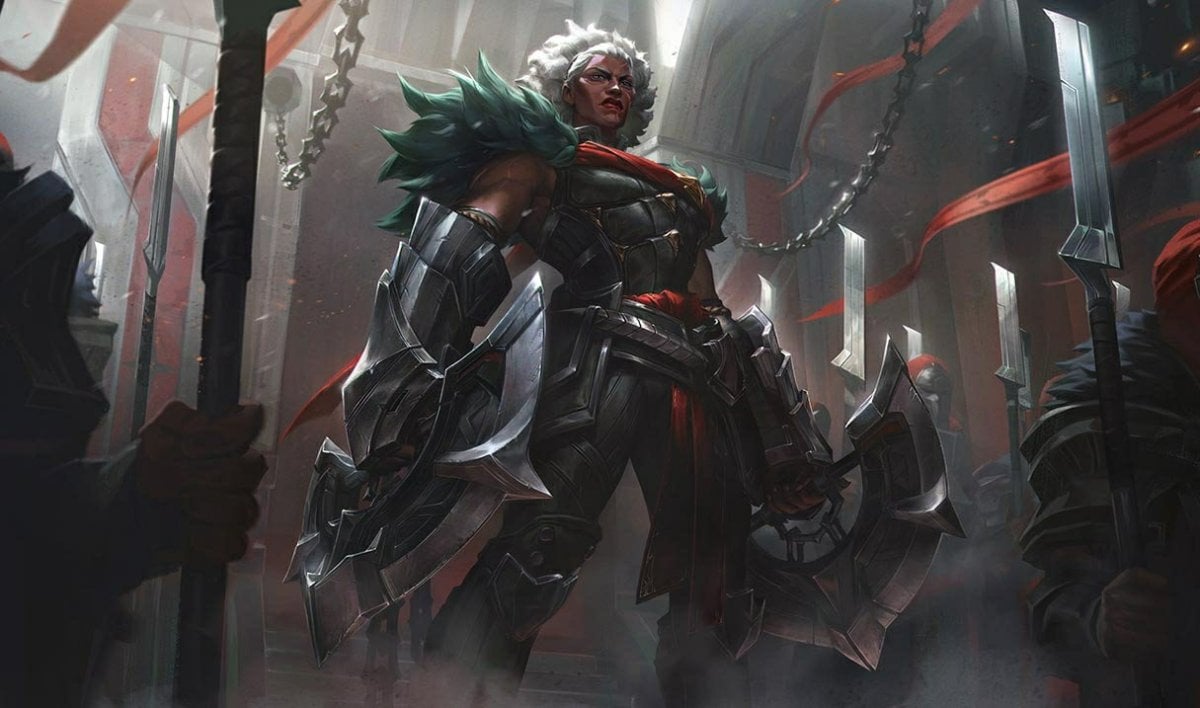Before I begin this I want to say that this article is written from my personal thoughts and ideas, and as so there is always be the distinct possibility of me being completely wrong in retrospect. With that being said, here is my opinion on how the competitive scene will be played out in the spring split of the season 5 LCS, based on the changes up to 5.1.
Now when we think of competitive team comps, four basic comps come to mind: poke, teamfight, dive, and objective. Within these four categories, overlap and subsets occur, but I believe this is the simplest way to categorize most team comps.
A quick detour to explain the pros and cons of each category
Poke
This is probably the most self-explanatory of team comps. Its purpose is to use certain champs (think Nidalee, Jayce) to whittle down the enemy, until their health is low enough to either force an engage or force them to back off. The primary issue with poke comps right now is the 2nd tier turrets. Poke comps always struggle when they were behind because poke only works when the team poking has more items than the enemies’ frontlines. Now they struggle while ahead because versus every well-organized team, they will be able to hold off at the 2nd tier turrets because of the shield.
Teamfight
As the title suggests, this team comp is based around one thing: a superior teamfight that will ideally (if everything goes well) lead to an ace and objectives taken. The problem with teams based solely around teamfights is that they normally have issues laning, and can be outplayed to some degrees in fights (Mikhaels by support, QSS, Banshee’s Veil, etc). However, they do tend to have a lot of comeback potential because of how quickly a good teamfight shifts the momentum of the game. Almost all comps have teamfight elements in them, so this category tends to have a lot of overlap with the other 3.
Dive
This comp has recently been the more favored version of a teamfight comp. It is based on one thing: going hard, especially on one person (think Zed). This category revolves around assassins and champions that can go super hard (Zed, Lissandra, Akali, Leblanc, Ahri, etc.) and tends to be favored over a purely teamfight comp because most of the champions tend to be better laners. In addition, this comp excels against teams with only one major threat (the infamous protect the kog’maw comp for example). However, with the changes to base turrets (increased dmg, slow, decreased dmg by the one tanking), this comp got nerfed because it is so much harder to dive them without getting wrecked by the turrets.
Objective
This is the hardest of team comps to master. It revolves around using a specific team comp and a series of rotations between lanes to take advantage of the enemy team’s temporary positional mistakes. Put more simply, it is a comp whose goal is to steadily build a lead by outmaneuvering and outpositioning the enemy team. It is extremely good because of the fact that this lead is built up by either denying the enemy or just forcing the enemy to concede their towers/ give free farm. However, this comp has several downsides. It is extremely difficult to master because of how in sync the team has to be, it has issues when behind because it cannot deal with a snowball by the other team, and the lead it builds tends to be small, and easily thrown.
Now here comes the million dollar question: which of these categories of team comps will be the best going into season 5. The answer, quite simply to me, is objective. There is a caveat to my opinion whoever. The traditional objective comps has focused on using rotations to get towers and dragons, which lead to a team gold advantage because of how much gold global objectives gave. This tactic is no longer as good, simply because dragon now gives a static bonus instead of the scaling gold it used to. Because of this, I believe that objective comps are going to shift on of two ways: denying the enemy team and scaling late with dragon (because the 5th dragon buff is so strong, but more on this later). This leads to league of denial.
The Denial Game
The denial game, aka the counter jungling game, uses an objective comp to build a lead off of denying the other team. The way this works is through controlling one side of the enemy jungle through vision and through heavy mid lane roams.
In order to best describe how this comp works, I am going to pick a team of champions I think excel in this meta, and as I go along I will describe why.
Top: Lissandra
Mid: Leblanc
Jungle: Nunu
Support: Thresh
ADC: Caitlyn
The early game starts off with no lane swaps (invading is optional, but not recommended), with every lane facing its counterpart from the enemy team. Laning phase should proceed as normal, except that Nunu, similarly to Thresh, should buy a Sightstone as soon as possible.
The game kicks into gear when Leblanc hits 6. At this point Nunu and Leblanc become roam buddies (because Leblanc now has the ability to catch and instantly kill almost anybody at 6). Leblanc should shove mid and roam into the bottom side jungle for the enemy team, and help Nunu get deep wards that reveal most of the jungle, especially the deeper access points to and from dragon. As they go along, they should counterjungle the enemy jungler, leaving one of the small creatures at each champ, except for Gromp and Krugs. The purpose of this is to set the enemy jungler as far behind as possible, guaranteeing that he will not be a threat.
The other main reason to do this roam strategy is so that the team can setup either easy picks (which leads to a small advantage) or an easy dragon (which is a gigantic advantage).
Dragon
This is the most important objective throughout the game. The bonuses given by dragon stack up, and as the game progresses and players get more items, make a bigger and bigger difference. It is the one neutral objective in the game whose bonus will passively scale with items (side note: this means that as an individual snowballs and accelerates through his build path and with dragons, he will actually snowball even harder than he would have with the same items in previous seasons). Not only that, but the 5th dragon stack is the most powerful buff in the game, period. Ignoring the passive bonuses it gives, the 150 true damage over 5 seconds amounts to 30 true damage every second. To put that into perspective, Irelia with her Hiten style on does 75 true damage every second when it is activated with 1.0 attacks per second. This means that even supports are now threatening, and can’t be completely ignored. Not only that, but the diving frontline of the team with 5 barons is extremely menacing to the opposing team, as they now have to deal with the 30 true damage a second on top of whatever damage they already had.
What then?
So now that we have established the importance of dragon, I have explained why this strategy is useful once Leblanc hits 6, as it sets up the beginning of a snowball. So what happens when dragon is down? Quite simply, the general gist of this denial strategy should be reapplied repeatedly (the midgame should consist solely of this strat). What this means for the team in question is that they have to change what side of the map they do it on.
After getting a free dragon (because good luck approaching dragon without issues when your entire bot side jungle is warded, or for that matter out-smiting a Nunu), the team should reset their lanes. This is the opportune time to base in order to extend their lead with the gold advantage they should have acquired, so that they can push their advantage in lane. As the players return to lane, the jungler should do a quick clear of their jungle (starting from bottom side) in order to make sure the enemy team cannot deny them. Once Nunu ends his clear on the top side, he should push into the enemy jungle with the assistance of Leblanc and Lissandra, in order to further deny the enemy jungler, or even catch him and obtain a kill lead. Similarly to after dragon, the lanes should reset once the roam squad finishes. This tactic should be repeated until the enemy has snowballed sufficiently so that they are guaranteed to successfully force objectives or to win teamfights.
Crab
Up until now I have not mentioned anything about crab control. The optimal time to take crab during this strategy is right before starting the invade/roam squad. This way, they can move quicker to respond to threats in other lanes, but more importantly, it guarantees that the enemy team has only two paths into the team’s jungle (which should be warded prior to invading so that the team can notice if the enemies try to counter invade).
What are the downsides?
Obviously, like every other team comp tactic, this strategy has several weaknesses to it. The first one that comes to mind is what happens if the enemy responds with more people quicker than the friendly team on an invade. This is where the Thresh and Caitlyn picks come into play. Caitlyn can ensure that the enemy bot lane is stuck under tower (which means the moment they disappear it will be noticed) because of how fast she pushes early on. Even if Caitlyn’s team does not notice when the enemy bot lane goes missing, she can get a solid chunk of damage on the outer turret, or even take it, depending on the amount of time and the amount of items she has. Thresh excels here because he can either help Caitlyn quickly push, or provide easy escapes if he roams through the use of his lantern.
One of the other major downsides to this strategy is slightly more subtle: this strategy is incredibly predictable. A team can move to counter the invade if they prepare for it, picking off those who were originally looking to get picks. In addition, if a team moves quickly, they can take the enemy jungler’s camps after they take dragon and back without any repercussions. Not only that, but they know that Nunu will try and quickly clear his own jungle after backing, which leaves the lanes vulnerable to ganking.
The last and most important weakness of this plan is how unforgiving it is. The entire strategy revolves around gaining momentum through large number of small advantages in a slow snowball until the team’s champions are too strong for the enemy players to deal with. Because of this, every mistake holds the potential to swing the game, especially early on. If Nunu were to get caught in a jungle invade and die, this could lead to the enemy team getting a free objective, swinging the momentum and game to their side. Later on in the game, mistiming by a team could lead to the enemies getting a dragon, substantially setting back the team (because of the 6 minute respawn on Dragon), and allowing the enemies to scale up. Basically, this strategy will only work through near-perfect coordination, or else it will backfire.
Unfortunately for the players, this whole stratagem means that some people are quite simply going to get screwed. The jungler for the losing team will be so far behind they are next to useless, top laners may be in a position where they are denied vast amounts of farm (which is why Lissandra excels, because just through her ult she ensures her usefulness through locking down a target and being a threat), and supports will be money hungry because of how much time they will spend roaming to try and establish vision control and/or help the team.
So now,
What does this mean for the spectators?
Let’s be honest. A significant amount of people have probably skipped down to here because this article has been too long and/or too boring. You want to know how this will affect the games from a viewing perspective.
TL;DR: Games will be much more cutthroat between equally matched opponents, as a single mistake capitalized on now becomes a throw. There will be a lot more roaming, more skirmishes, and the skill gap (mainly in team coordination) between the good teams and the bad teams will be extremely clear. Games will also probably be on the longer side, unless major throws occur.






Published: Jan 18, 2015 12:10 am